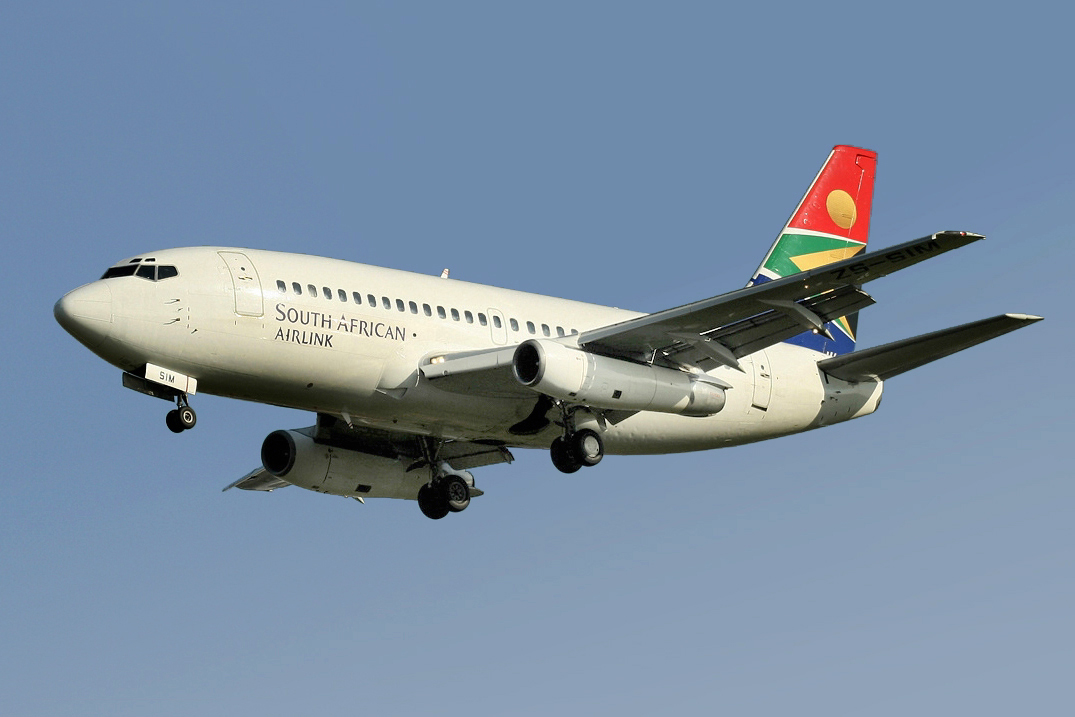The fact that the landing weight does not reduce from takeoff weight, is going to limit the payload capacity and range of EPs. There is no getting away from that. Unless it sheds battery modules like a multi stage rocket

No it would have zero effect.
Let's say you want to carry 10 passengers or a payload of 2500 lb. And you have 2500 lb of batteries. Plus you consider an empty weight mass fraction of 50% (typically it is 60% but let's keep the calculations simple). Then the takeoff weight would be 2500 lb payload + 2500 lb batteries + 5000 lb empty weight = 10000 lb takeoff weight.
Now, the empty weight includes structures weight and systems weight. There will be a structures weight penalty relative to conventional airplanes resulting from this higher takeoff weight. This weight penalty will only exist in reality when comparing to long range airplanes (which typically have a lower empty weight mass fraction in part due to this). But for the sake of this analysis, let's say that we need to beef up the structure because the landing weight needs to be 10000 lb instead of 9000 lb. The resulting landing gear and airframe weight penalty would be on the order or, say a crazy high 500 lb (reality is less than 100 lb out of 5000 lb empty weight).
So your empty weight now is 5500 lb. Oh my god, we need to reduce the payload by 500 lb and we lose two seats payload capacity!!! The sky is falling!!! This is not feasible anymore!!!
Just. Relax.
Instead, you increase to the takeoff weight to 10500 lb and you get your 2500 lb payload capacity back.
Now you tell me you need more power and more batteries to get the same range and performance, and that's correct. Let's say to keep it simple you need 3000 lb of batteries and 500 lb more weight on the propulsion system, and another 1000 lb structural weight penalty to carry all that.
So now we end up with 2500 lb payload + 3000 lb batteries + 6500 lb empty weight = 12000 lb takeoff weight.
Done.
See how I got away from impacting payload capacity and range of an EP? Zero impact. Nada. Nice trick isn't it?
Aircraft has same range since it has the same battery weight fraction of 25%.
That specific process is a subset of what is called "aircraft sizing". There are a few books written on that topic but very few aerospace engineers actually practice it.



